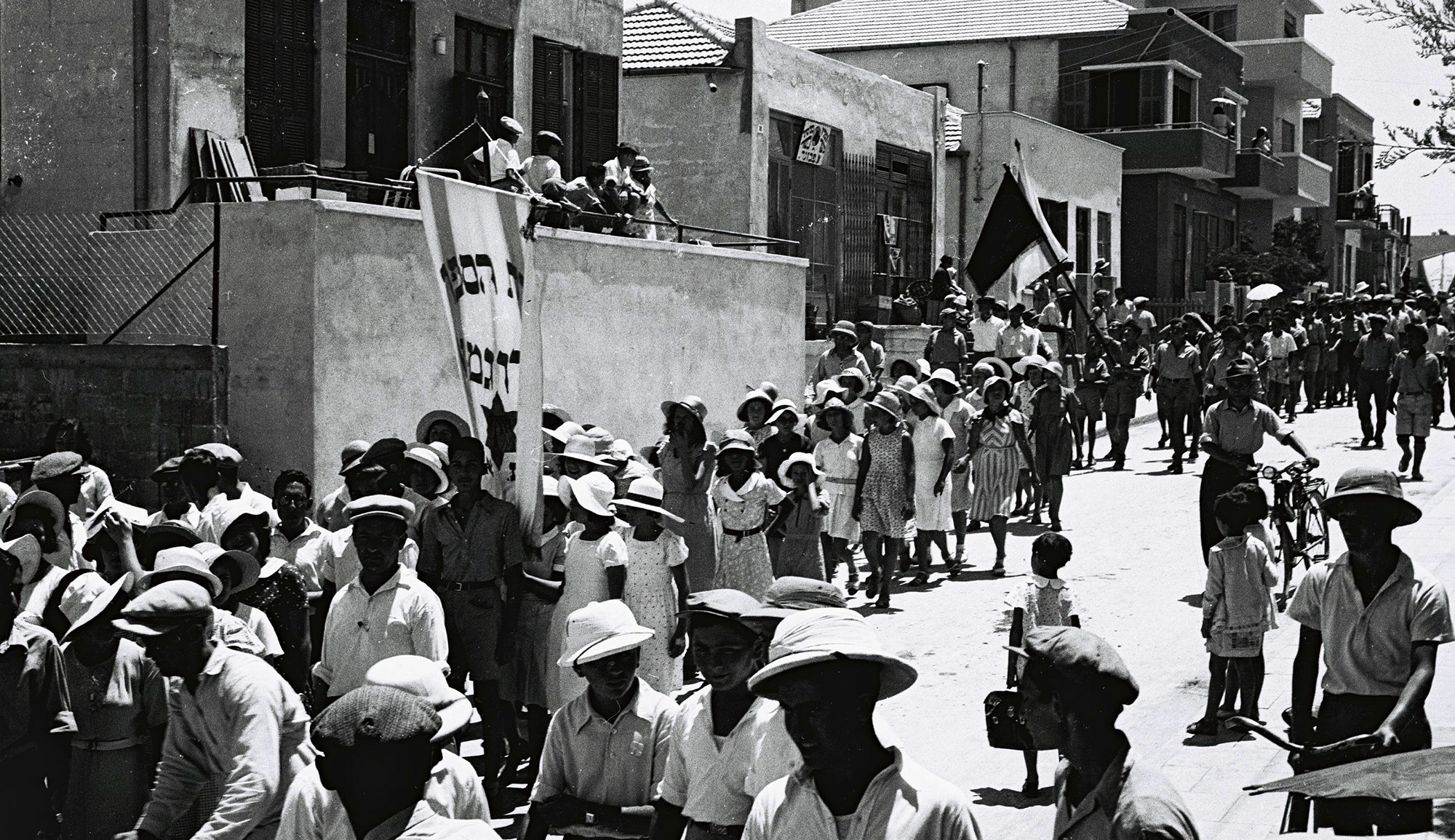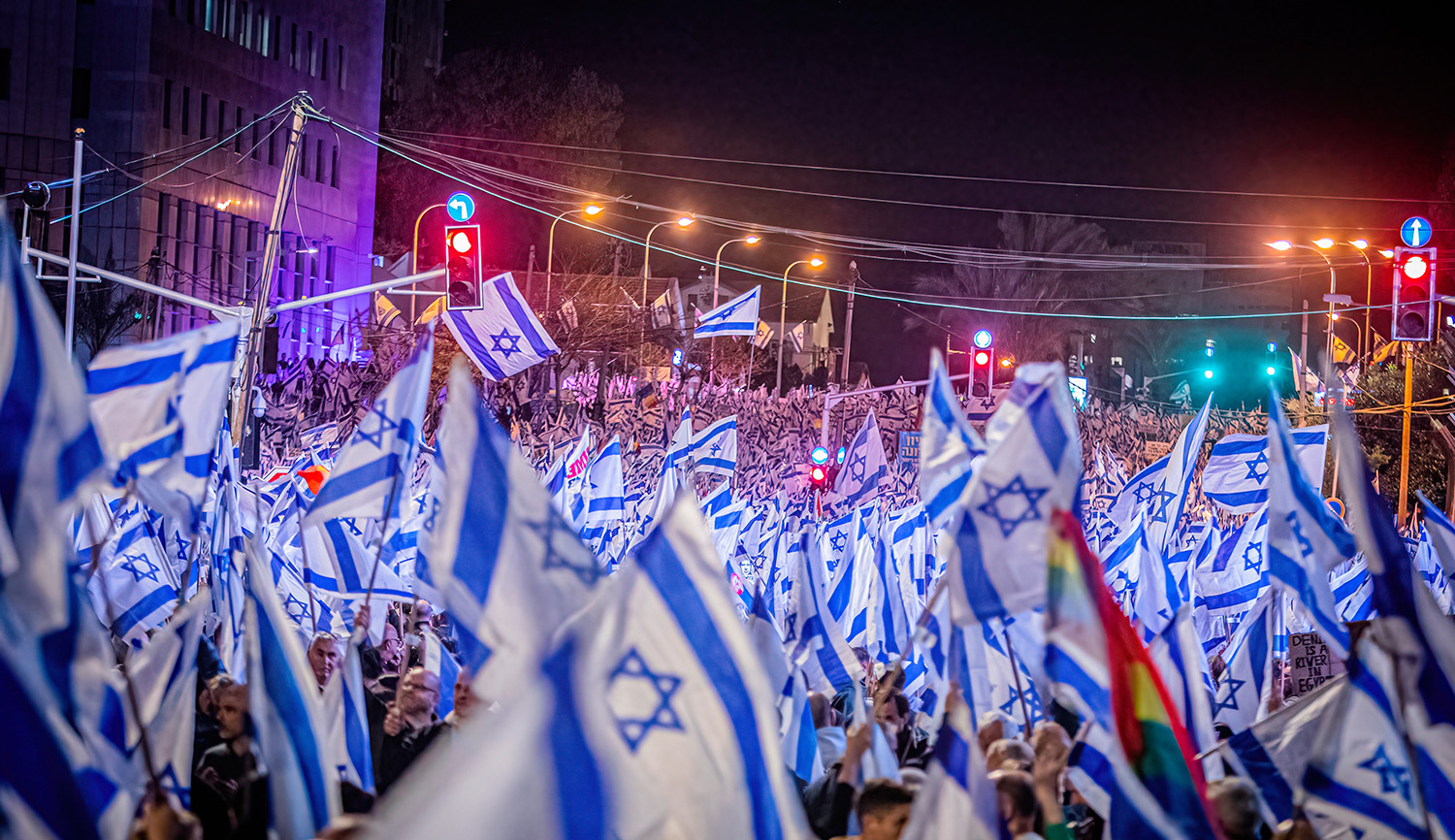The fighting that recently erupted between Armenia and Azerbaijan has its origins in the former’s occupation of a segment of the latter’s territory in a war that followed the breakup of the Soviet Union. Behind these military engagements are ethnic tensions between these two Transcaucasian peoples that stretch back at least to the 19th century—as well as complex geopolitical forces. Harold Rhode tries to make sense of the muddle of larger and smaller powers who have an interest in the current war’s outcome:
Azerbaijan, located along Iran’s northwestern border, has always been a problem for Iran. Three-quarters of the total Azeri population in the world live in northwest Iran. . . . That is why Iran [historically] feared that if an independent Azeri state were created, it might attract Iran’s Azeris to join them, and thereby dismember Iran.
The Armenian-Azeri conflict spells trouble for Israel. Israel wants no part of a conflict with Christian Armenia. But Azerbaijan is a close ally of Israel’s, because of the Iranian threat to both. Israel also supplies Azerbaijan with weapons that it hopes won’t be used against Armenia. Shiite Iran supports Armenia, largely . . . because Iran sees [Shiite] Azerbaijan as an existential threat to its own territorial integrity. Turkey and Israel oddly find themselves on the same side in this conflict, with both supporting Azerbaijan.
Some observers have asked whether Iran might have provoked the Armenians to attack the Azeris. If so, did Iran do so to distract/preoccupy America and its allies from turning up the heat against Iran even more severely? [And] will Iranian Azeris—so passionately Iranian, yet still Azeri—remain silent as Armenians kill their fellow Azeris across the border?
More about: Armenians, Azerbaijan, Iran, Israeli Security, Turkey


